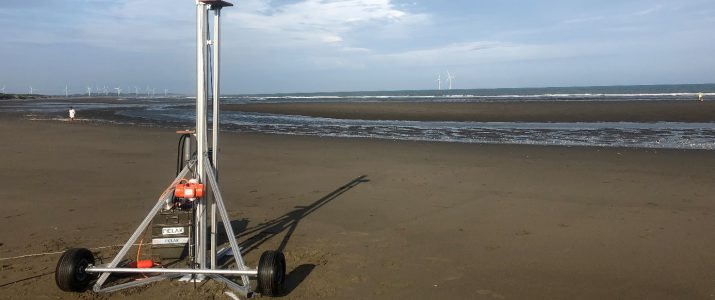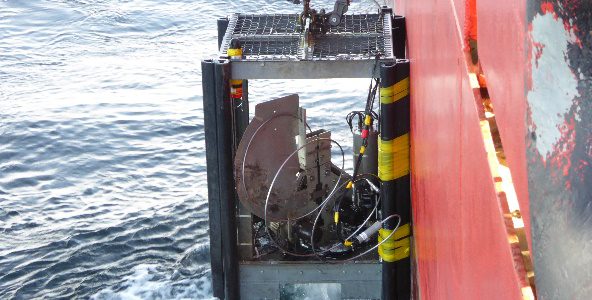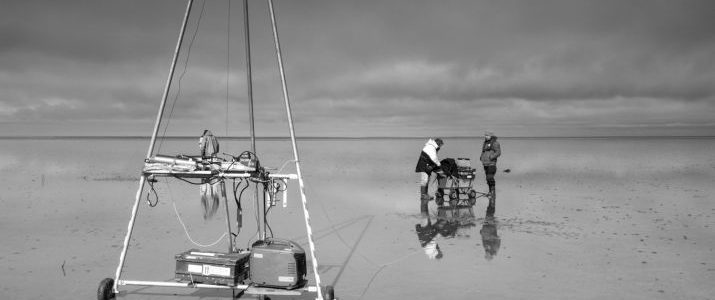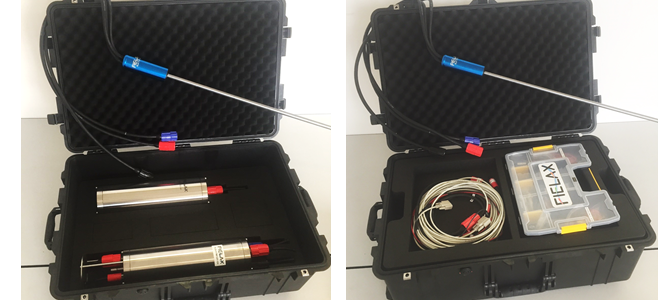The term ‘geothermal heatflow’ refers to the thermal energy that dissipates constantly from its sources within the earth to the surface, either by convection or conduction. Geothermal heat is the driving force for a variety of multi-scale geologic processes taking place in the earth’s crust e.g. plate tectonics. It is also driving chemical reactions like the thermal degradation of organic matter, which leads to hydrocarbon (oil and gas) formation. The internal temperature of the earth increases with depth. Near the surface, the average geothermal gradient is relatively constant with on average 30 K for every kilometer of depth. However, there are also places where it can be higher e.g. along mid-ocean ridges or mantle plumes.
How is heatflow determined?Even though called heatflow measurements, heatflow itself is not measured directly. But based on the assumption, that heat conduction is the dominant transport process through the earth´s crust, and conductive heatflow occurs in the direction of decreasing temperature, heatflow can be calculated as the product of the vertical thermal gradient and thermal conductivity (Fouriers law). If however other mechanisms like heat advection are involved (for example fluid flow processes), heat transport may be characterized by non-linear thermal gradients and also occur horizontally.
What is the use of heatflow measurements?In the field of petroleum geology heatflow measurements are essential in the exploration of new oil and gas reservoirs, as they provide critical constraints for sedimentary basin modeling and aid in thermal maturity calculations. Heatflow measurements also enable stability analysis of gas hydrate deposits.
The booming offshore wind energy market has opened a new field of activity for heatflow measurements, as in particular thermal conductivity values provide useful information for estimating the dissipation mechanisms of thermal energy and also the environmental impact of power cables.
Read our brochures for detailed information:
“Heatflow” brochure “Prediction of Sediment Temperatures” brochure



